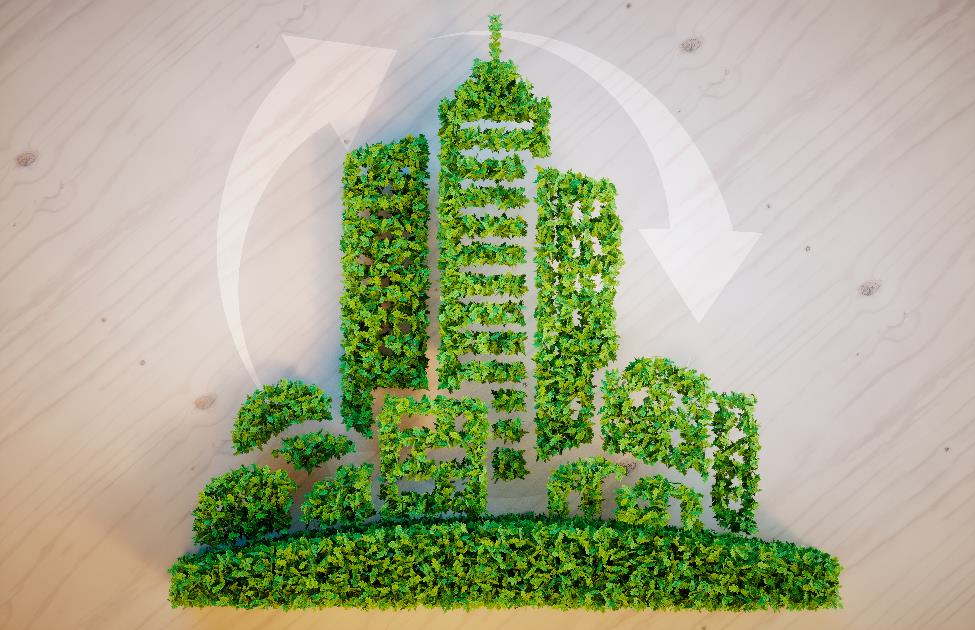Written by: Griffiths & Armour on: 31 Jan 2022
Sustainability in Construction – buzz word or the future for the industry?
The aim for the built environment to become more sustainable is a target that has gained significant traction in recent years. The COP26 summit and subsequent net-zero targets have re-energised commitments from all industries that building a sustainable future is key.
The idea of sustainability encapsulates many ideals, goals and ambitions, but sustainability in the built environment should incorporate:
- Circular design
- Longevity
- Flexibility
- Adaptability
- Reuse, Recycle and recoverability
- Future climate risks should be considered
- Low-carbon, low-impact, non-toxic materials
- Sustainable water consumption
- Green spaces, natural biodiversity and nature-based solutions.
What can be done on-site and off-site to improve sustainability credentials?
Around 10% of the UK’s carbon emissions are directly related to construction activities. When the whole built environment is considered this rises to 40% according to the UK Green Building Council.
It is important to consider the following from the planning stages to the operational phases of construction:
- Supply chains should be scrutinised. Can local products and services be used on projects?
- Can renewable energy sources be used to power onsite and offsite activities?
- Can recycled/recyclable or sustainable materials be incorporated into the build?
- Designing with sustainability in mind is just as important as the materials and methods used. Sustainability consultants should be utilised from the design stage of construction to make sure that throughout the construction phase and for its future operational years, projects remain sustainable.
- Environmental and sustainable commitments should be highlighted at the procurement stage and could be incorporated into building contracts. Therefore, commitments flow down through the supply chain.
- Projects should be built to BREAAM certification.
What materials and alternative methods of constructions can be utilised for a more sustainable project?
Exciting innovations and products can be incorporated into projects that are classed as ‘sustainable’. Some of these materials and methods include:
- Timber
- Sustainable ‘Green’ concrete.
- Mud and Wool bricks
- ‘Eco-buildings’ – incorporating green roofs, blue roofs, and green walls.
- Modern methods of construction should be utilised, including off-site and on-site prefabricated construction, 3D Volumetric (modular) construction, composite ‘sandwich’ panels and panelised construction systems amongst others.
How does the insurance market view the drive for sustainability in the Construction sector?
- The insurance market has been expecting the construction sector to begin its sustainability journey. Modern methods of construction (MMC) are something the insurance market is becoming increasingly comfortable with. Particularly as risk and loss details come to fruition.
- Certain aspects of MMC and materials such as timber are not without their risks. These risks influence insurers’ ability and appetite to ‘write’ certain projects. There is a misalignment between the built environment’s sustainability appetite and the insurance market’s appetite.
Summary
The use of MMC and sustainable materials has increased significantly in recent years, and this is expected to rise whilst slowly driving the cost down. In our recent video titled What’s happening in the Construction Industry in 2022? our specialist Construction team reflect on 2021 and offer their predictions for 2022.
Early engagement with brokers will be key to ensuring adequate protection for construction projects. If you have any questions about incorporating sustainable methods in existing or upcoming projects, please get in touch by clicking the button below.
Construction Insurance Brokers, Emma Snelson and Gina Charles are delighted to attend MIPIM 2022. If you would like to meet up to discuss any risk or insurance issues, please contact Gina or Emma either through LinkedIn or via email.










